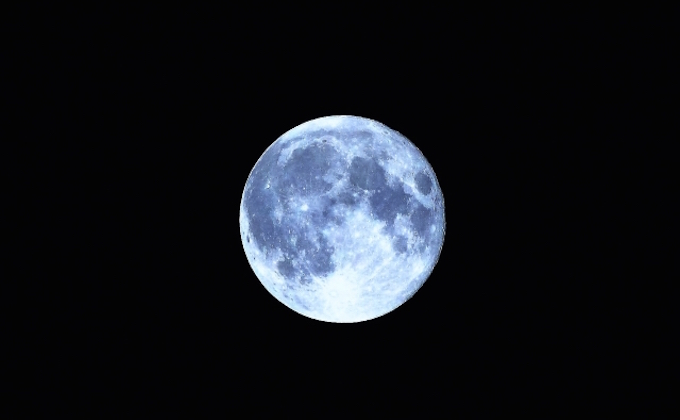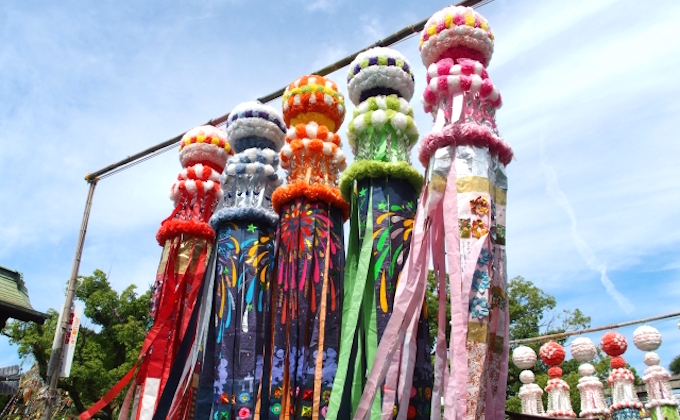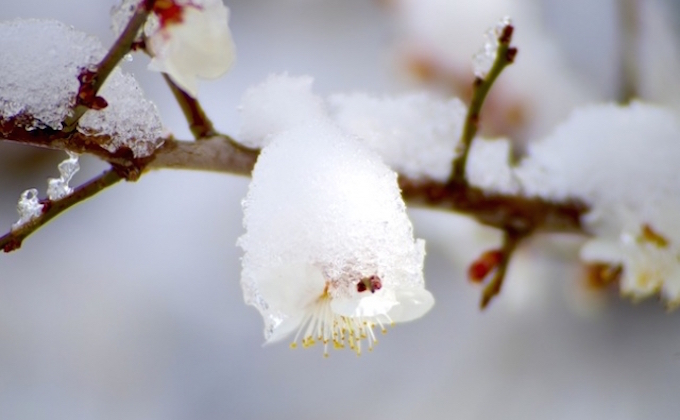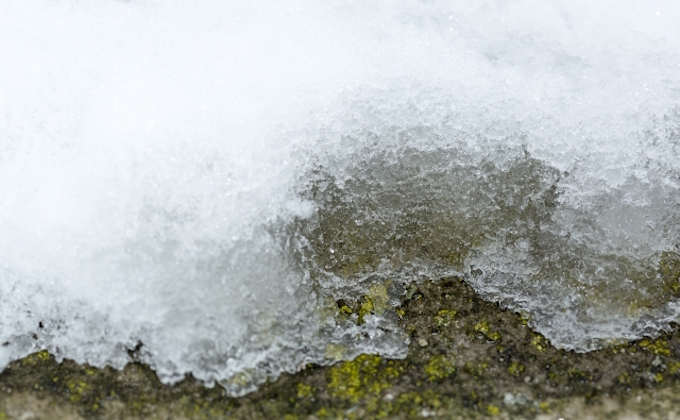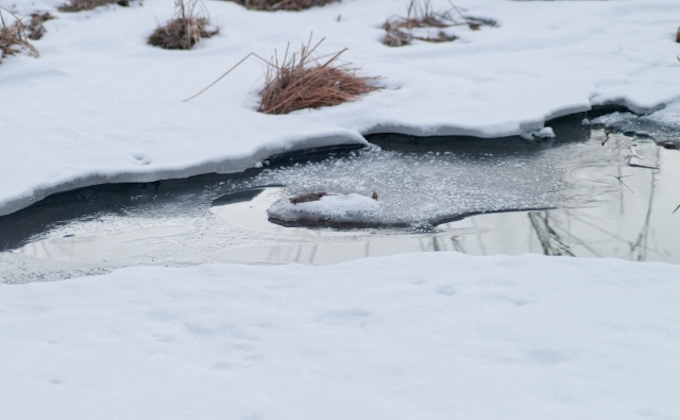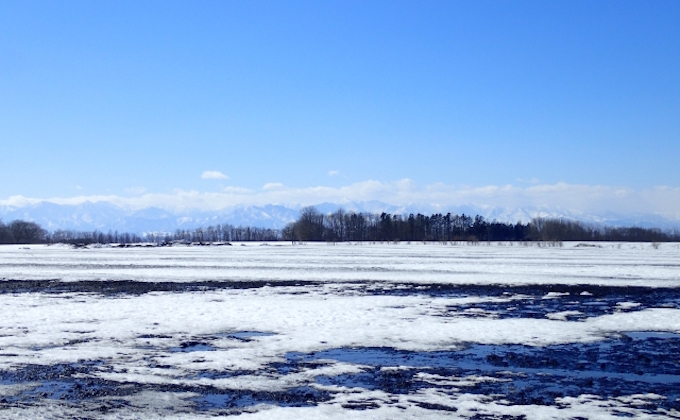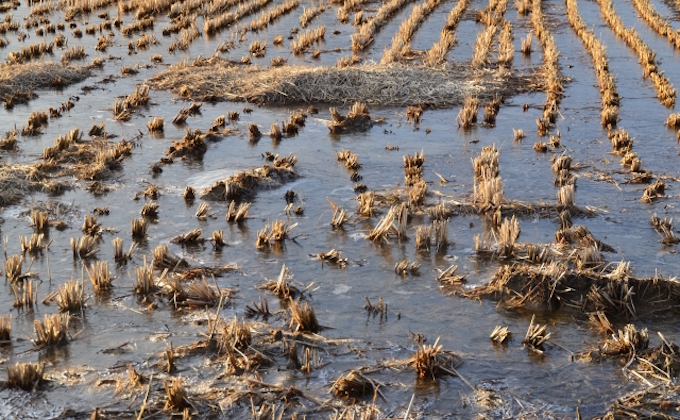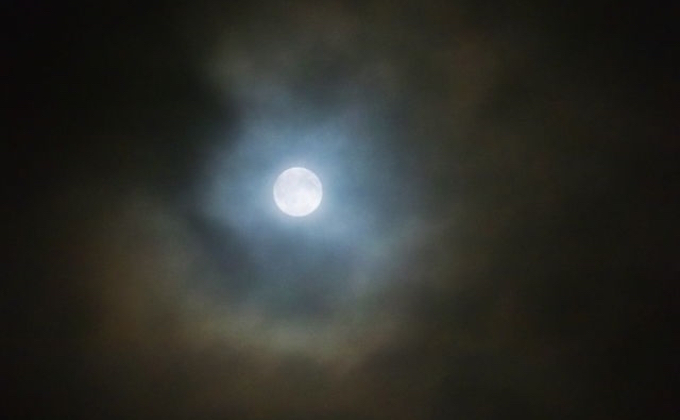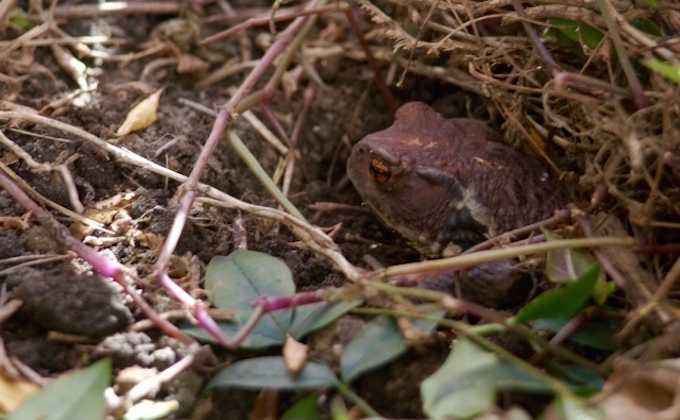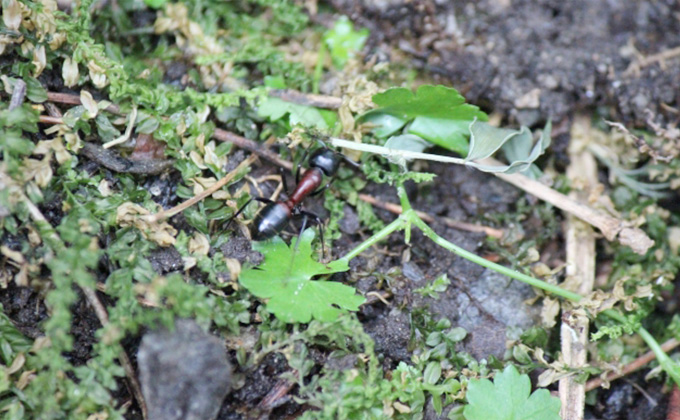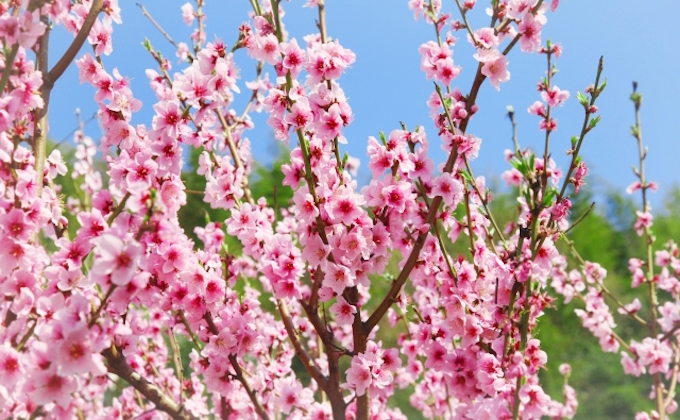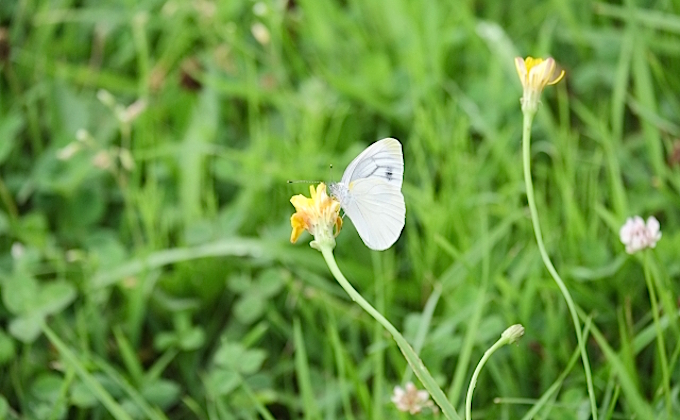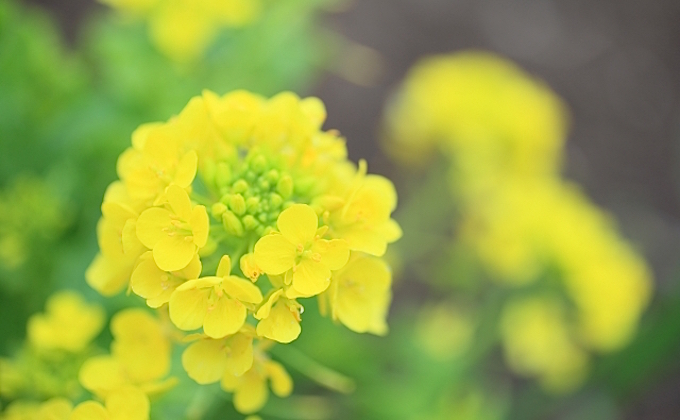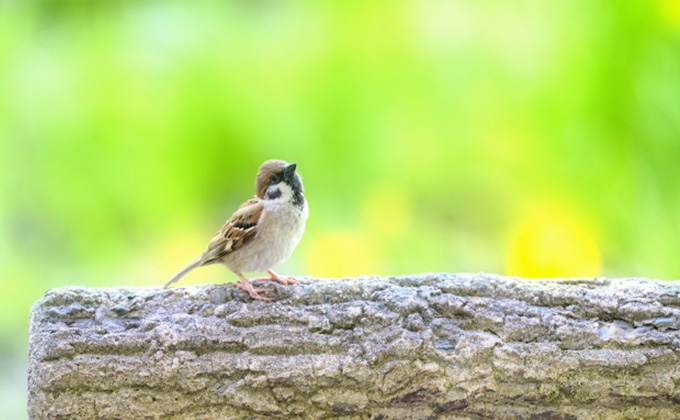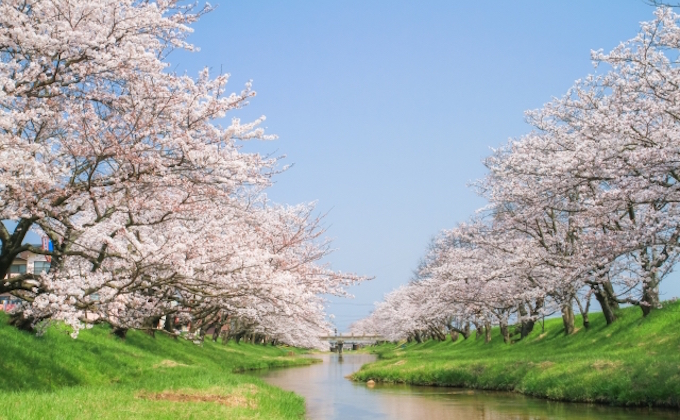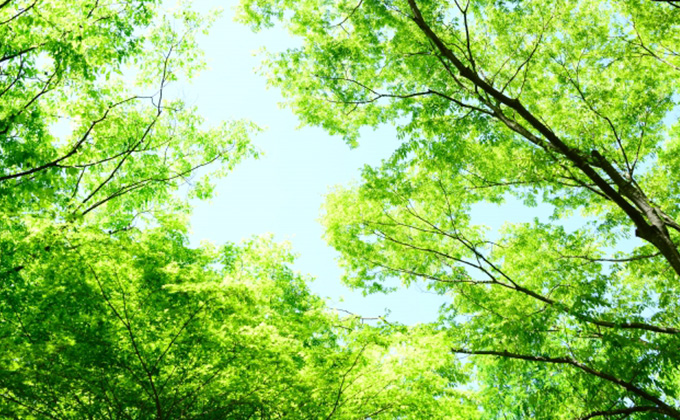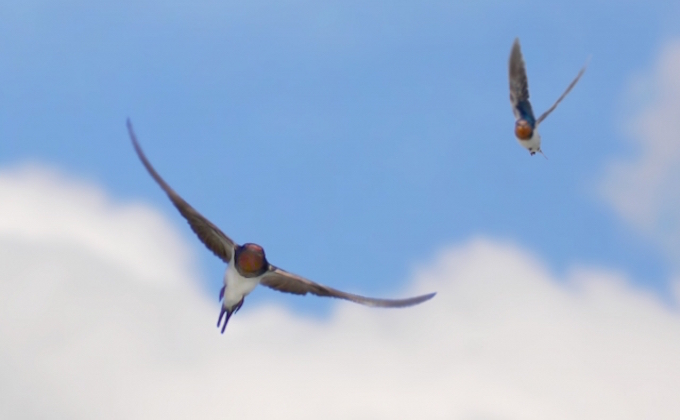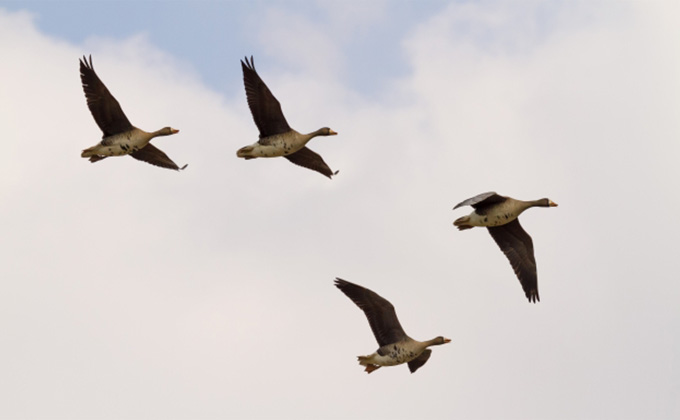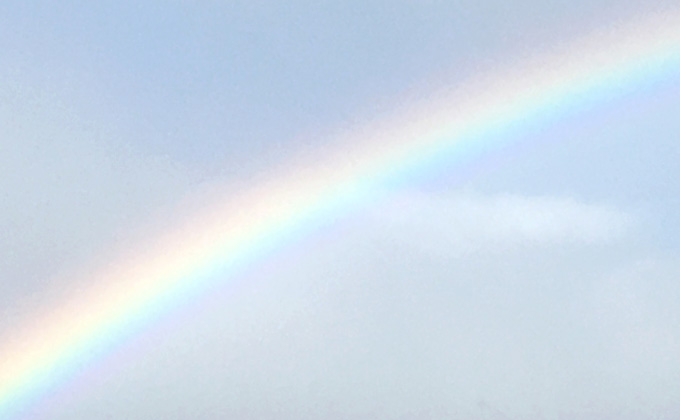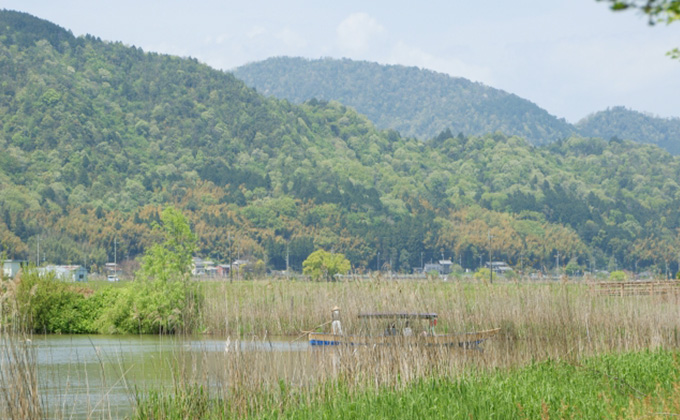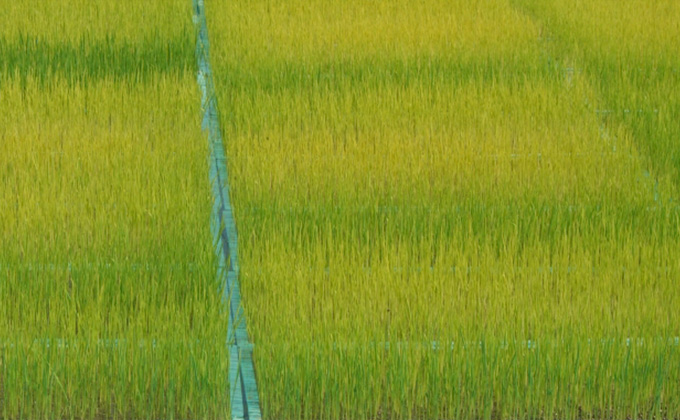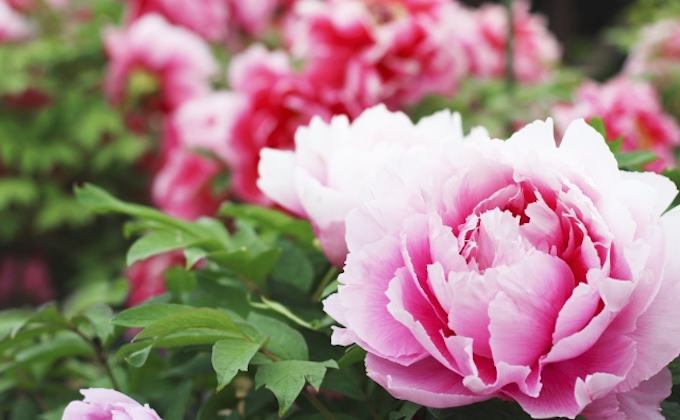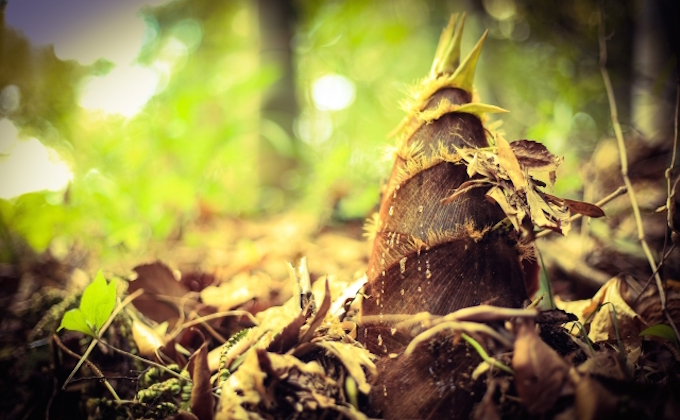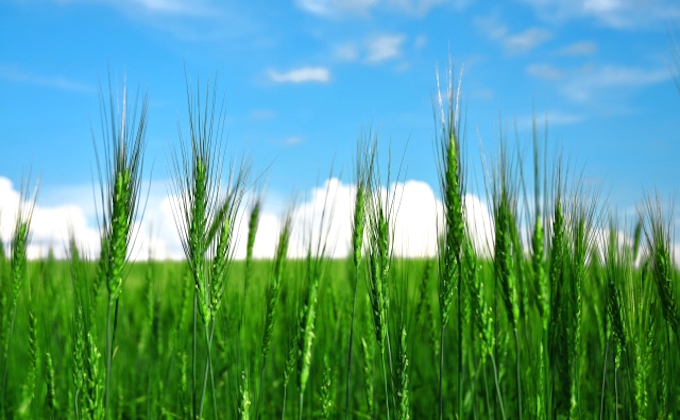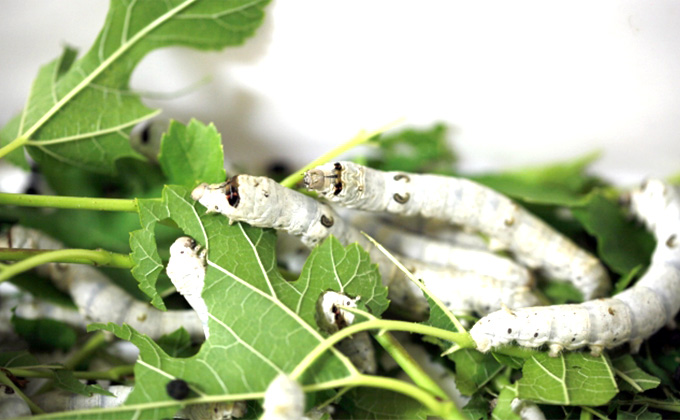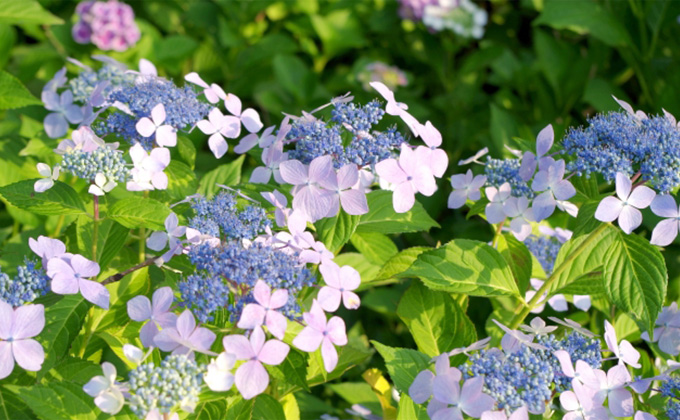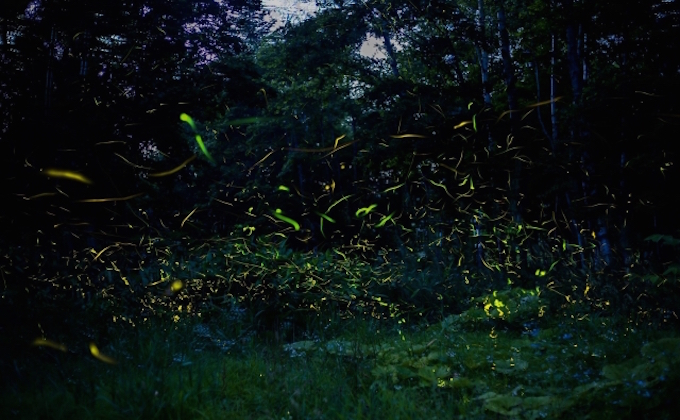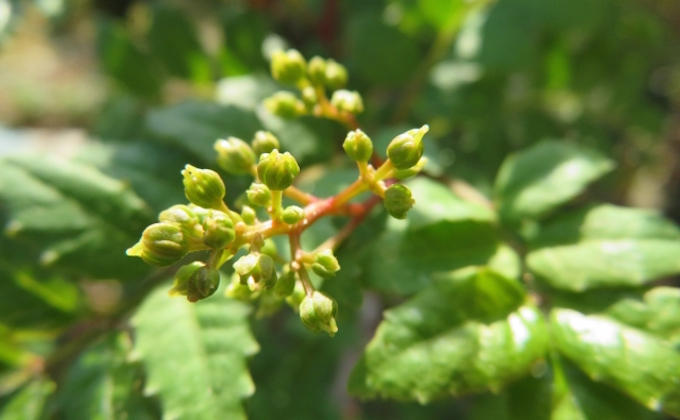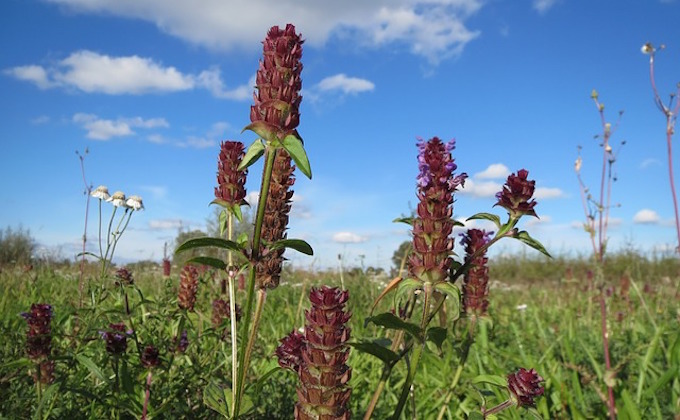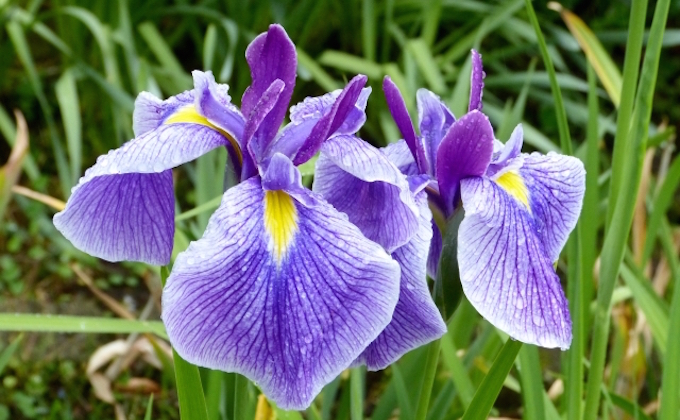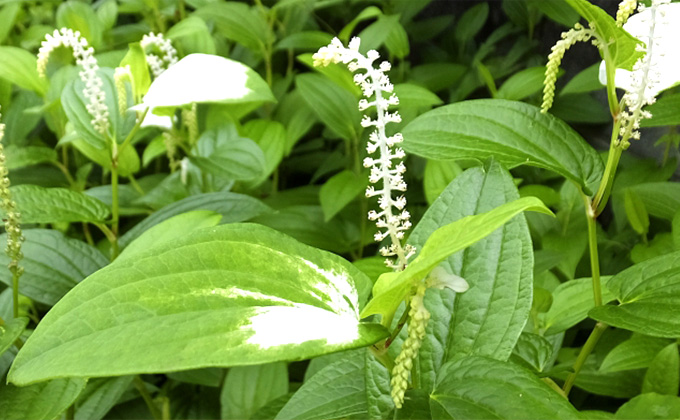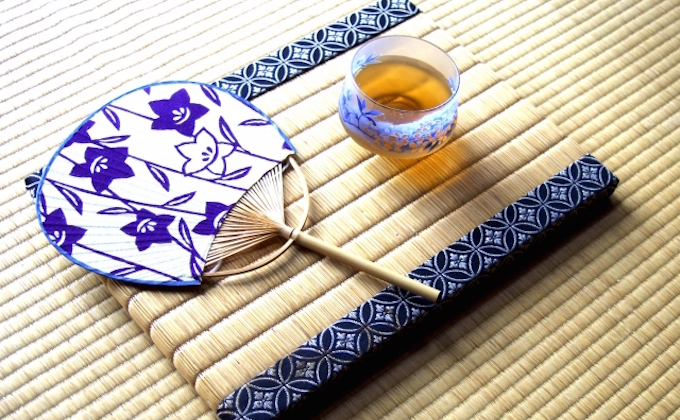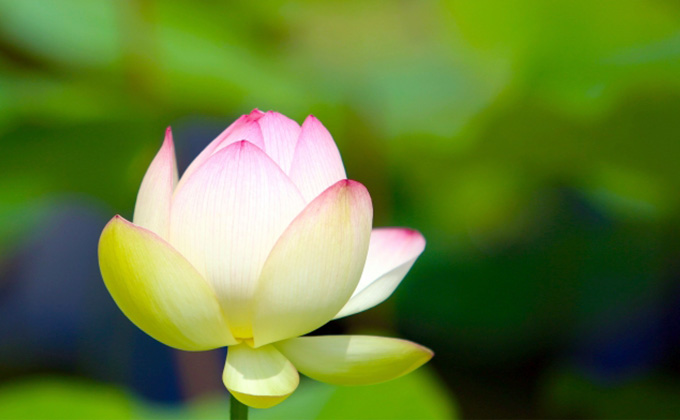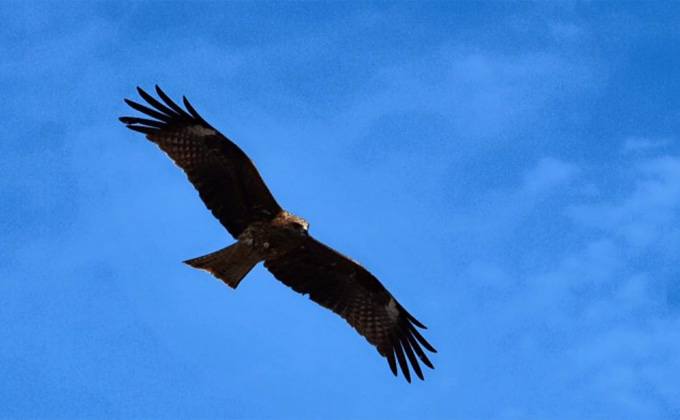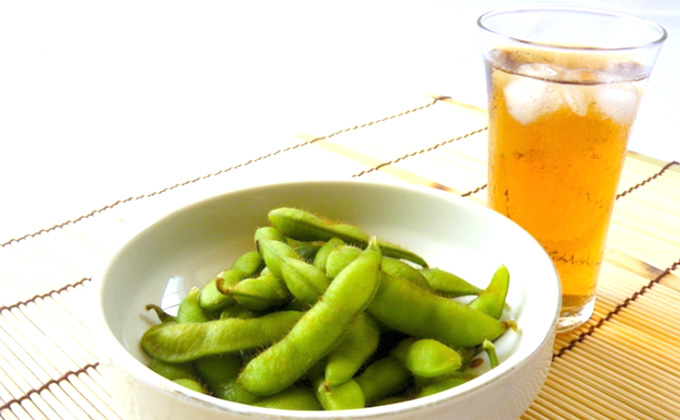TRG Info and Advice
Seasons in Japan and Japanese Calendar Part 1
“Japan has four beautiful seasons!”
“Japan has four distinct seasons.”
“Japan has interesting seasonal changes!”
You have probably heard or read these catchphrases about Japan. And, did you not think that other countries also have four distinct seasons just as beautiful? Indeed, seasons in the countries located in the temperate regions are quite similar to those in Japan. However, it is fair to say that Japanese culture is deeply in-tune with nature, and therefore, even extremely subtle changes in the seasons are recognized, and even celebrated, making calendars in Japan a bit more complicated. The four regular seasons are subdivided into twenty-four seasons called Nijushi-sekki (24 solar terms), each of which is further separated into three for a total of seventy-two microseasons (Shichijuni-ko or 72 pentads). The 24 Sekki and 72 Ko are closely related to the old Japanese calendar, which dates back to the age of the samurai.
The Twenty-four Solar Terms
Until the dawn of modernity in the early Meiji Period (1873), after the era of the samurai, the lunisolar calendar was being used in Japan. (It is called the "old" calendar in contrast to the “new” Gregorian calendar). The lunisolar calendar is based on the phases of the moon (lunar calendar), but adjusted to fit the length of the solar cycle, which defines the seasons. Dividing the sun's annual circular motion into twenty-four segments, an official record called The Twenty-four Solar Terms, identifies different periods in each season. The winter and summer solstices, as well as the vernal and autumnal equinoxes are examples of solar terms. In Japan, the vernal and autumnal equinoxes are national holidays.
Zassetsu and Shichijuni Ko
The Twenty-Four Solar Terms were imported from ancient China (China’s 24 Solar Terms have recently been inscribed on UNESCO’s List of Intangible Cultural Heritages), and took root in Japan in the late 6th century. This system originated in the areas along the Yellow River, and this is why there seem to be gaps between the seasons indicated by the Terms, and what we actually feel in Japan. As a result, Zassetsu were invented to complement the solar terms and specifically identify Japan’s unique seasonal changes. Many of those supplementary solar terms are related to agriculture. For example, one of them indicates the period when less frost forms (Hachijuhachiya: the eighty-eighth night from the vernal equinox), and another indicates the periods when typhoons are coming (Nihyakutoka and Nihyakuhatsuka: the two-hundred-tenth day, and the two-hundred-twentieth day, respectively, from the vernal equinox). This information is important when considering the time frames for seeding and harvesting. Zassetsu include Setsubun and Higan, which are recognized with events and traditional activities even today (we will introduce you to the details of these in the next article about annual events in Japan).
The Shichijuni-ko (seventy-two pentads), as mentioned earlier, indicate the solar terms of the seasons. One solar term lasts about fifteen days, and is split into three sections of five days each, adding up to seventy-two. The 72 Ko depict subtle changes within the seasons, observed from the surrounding natural phenomena, including weather, and the growth and behavior of plants and animals. The Shichijuni-ko are also derived from ancient China, but adjusted to fit the climate of Japan, and the ones currently referred to were established in 1874.
Not many people are familiar with the Shichijuni-ko, but 24 Sekki and Zassetsu are still in use to express the changes in seasons. For example, we often hear “Risshun (Beginning of Spring)” and “Keichitsu (Insects Awakening)” in weather forecasts. Even now, every February the National Astronomical Observatory of Japan sets the official dates for the following year’s solar terms and Zassetsu.
Events and Calendar
Many of the various events in Japan were set up when the old calendar was being used. Momo no Sekku (peach flower festival/hina doll festival) and Tanabata (star festival) are some examples. However, the dates of the old calendar and the solar Gregorian calendar have a gap of about a month. If events are held on the date originally set based on the old calendar, they actually happen one month ahead of when they were meant to take place. Therefore, in some places, some annual events are delayed one month from the set date. For example, Tanabata events used to be held on the 7th of July on the old calendar. If the events occur on the 7th of July on the solar calendar, they actually happen one month earlier. This means that we cannot see stars because of the rainy season. In places such as Sendai, Miyagi Prefecture, and Matsumoto, Nagano Prefecture, the Tanabata festival is held on the 7th of August. Even though the lunisolar calendar is not officially used any longer, old customs and sensitivity to subtle changes in the seasons can still be found in the daily lives of people in Japan.
24 Sekki and 72 Ko (Spring and Summer)
◉ Early Spring: January on the old calendar / February on the new calendar
■ 立春 Risshun (Beginning of Spring)
Around the 4th of February on the new calendar.
The coldest days are almost over, and we can feel signs of spring.
■ 雨水 Usui (Rain Water)
Around the 19th of February on the new calendar.
It becomes warmer, and snow and ice start to melt. Snow then turns into rain.
霞始靆 Kasumi Hajimete Tanabiku
The first mist lingers. Moisture evaporates from the soil, and mist starts lingering.
◉ Mid-Spring: February on the old calendar / March on the new calendar
■ 啓蟄 Keichitsu (Insects Awakening)
■ 春分 Shunbun (Vernal Equinox)
Around the 21st of March on the new calendar.
The sun rises due east and sets due west, and the lengths of both day and night are nearly equal.
◉ Late Spring: March on the old calendar / April on the new calendar
■ 清明 Seimei (Pure Brightness)
■ 穀雨 Kokuu (Grain Rain)
◉ Early Summer: April on the old calendar / May on the New Calendar
■ 立夏 Rikka (Beginning of Summer)
■ 小満 Shoman (Pre-Fullness)
◉ Mid-Summer May on old calendar / June on new calendar
■ 芒種 Boshu (Grains on Ears)
■ 夏至 Geshi (Summer Solstice)
◉ Late Summer: June on the old calendar / July on the new calendar
■ 小暑 Shousho (Beginning Heat)
■ 大暑 Taisho (Greater Heat)
For Part 2 of this article, please click here.
Want to know more? Follow the links below to continue your virtual Japanese adventure.
- ・Annual Events and Folklore Customs Part 1
- ・Annual Events and Folklore Customs Part 2
- ・Wagashi: Traditional Japanese Confectionery that Delights the Senses
- ・Three Themes of Autumn in Japan
- ・Winter in the Land of the Rising Sun: Eat, Ski and Soak
- ・Gearing Up for Summer in Japan, Part 1 Country vs City
- ・Gearing Up for a Japanese Summer, Part 2 Food and Festivals







